traversing crane
Date: 2022-08-18 10:33:20 Source: Weihua Crane
A traversing crane is a type of crane that moves along a track or beam to reach its destination. This type of crane is typically used for heavy lifting and is a popular choice for industrial applications.
The Idea Of A Traversing Crane.
A traversing crane is a type of crane that is able to move along a track or rail. This type of crane is typically used in industrial settings, such as factories, warehouses, and heavy construction sites.
The idea of a traversing crane is to provide a more efficient way to move heavy loads from one point to another. This type of crane is typically used to move materials such as steel, concrete, and lumber.
Traversing cranes typically have a much higher load capacity than traditional overhead cranes. They are also able to travel along a much longer path, making them ideal for moving materials over long distances.
Despite their many benefits, traversing cranes can be quite expensive to purchase and maintain. In addition, they require a significant amount of space to operate, which may not be available at all construction sites.
Despite their drawbacks, traversing cranes offer many advantages that make them a worthwhile investment for many industries. When properly utilized, they can greatly improve efficiency and productivity.
The Benefits Of A Traversing Crane.
A traversing crane is a type of crane that is able to move horizontally along a set of tracks. This allows the crane to reach different areas of a work site, which can be helpful when moving large and heavy objects.
There are many benefits to using a traversing crane, including:
1. Increased flexibility â a traversing crane can reach different areas of a work site, which can be helpful when moving large and heavy objects.
2. Increased productivity â a traversing crane can help to increase productivity as it can move objects more quickly and efficiently.
3. Safe and efficient â a traversing crane is a safe and efficient way to move large and heavy objects, which can help to reduce the risk of accidents.
4. Cost-effective â a traversing crane can be a cost-effective solution for moving large and heavy objects, as it can reduce the need for manual labour.
If you are considering using a traversing crane for your next project, then be sure to contact a reputable crane hire company to ensure that you get the best possible service.
How A Traversing Crane Works.
A traversing crane is a type of crane that is used to move heavy objects from one location to another. The crane is mounted on a track that allows it to move back and forth, and it can also be rotated on its axis.
The Different Types Of Traversing Cranes.
A crane is a type of heavy machinery that is used for lifting and moving heavy objects. There are many different types of cranes, each with its own different set of features and purposes.
One of the most common types of cranes is the traversing crane. This type of crane is used to move heavy objects horizontally. It consists of a beam that is mounted on a set of wheels, and a trolley that is used to move the object along the beam.
Another common type of crane is the tower crane. This type of crane is used to lift heavy objects vertically. It consists of a base that is anchored to the ground, and a tower that extends upwards. The tower crane has a cab that is used to control the crane, and a set of winches that are used to lift the object.
yet another type of crane is the gantry crane. This type of crane is used to move heavy objects horizontally, and is often used in shipyards and other industrial settings. It consists of a beam that is supported by two legs, and a trolley that is used to move the object along the beam.
There are many other types of cranes, each with its own set of features and purposes. Choosing the right type of crane for the job is important, as it will ensure that the job is done safely and efficiently.
Summarize The Pros And Cons Of Using A Traversing Crane.
Traversing cranes offer many advantages over traditional fixed cranes, but there are also some potential disadvantages to consider. Below is a summary of the pros and cons of using a traversing crane.
Pros:
1. Increased Flexibility: A traversing crane can move along its track, which allows it to reach areas that a fixed crane cannot. This increased flexibility can be a major advantage, especially in tight spaces.
2. Greater Lifting Capacity: Traversing cranes also have a greater lifting capacity than fixed cranes, making them ideal for heavier loads.
3. More Efficient: Traversing cranes are generally more efficient than fixed cranes, since they can move along their tracks to reach the desired location. This can save time and increase productivity.
Cons:
1. Limited Reach: While traversing cranes have increased flexibility, they still have limited reach compared to fixed cranes. This can be a major disadvantage if you need to lift something that is far away.
2. Higher Costs: Traversing cranes also tend to be more expensive than fixed cranes, so you'll need to weigh the increased costs against the benefits.
3. Potential Safety Hazards: Because traversing cranes move along their tracks, there is a potential for safety hazards if the tracks are not properly maintained. This is something to keep in mind if you're considering using a traversing crane.
Overall, traversing cranes offer many advantages over traditional fixed cranes. However, there are also some potential disadvantages to consider. Weigh the pros and cons carefully to decide if a traversing crane is right for your needs.
A traversing crane is a type of crane that moves along a track, typically installed on a ship or a railway. This allows the crane to reach a variety of different positions, making it a versatile tool for a variety of tasks.
FAQs About traversing crane
1. What are the different types of traversing cranes?
There are many different types of traversing cranes, each with their own unique set of features and benefits. Some of the most popular types include:
-Gantry cranes: Gantry cranes are ideal for outdoor use, as they can traverse over rough terrain. They are also typically more heavy-duty than other types of traversing cranes, making them ideal for applications that require lifting heavy loads.
-Overhead cranes: Overhead cranes are a type of crane that is suspended from an overhead beam, making them ideal for indoor use. They are typically more lightweight than gantry cranes, making them easier to maneuver.
-Jib cranes: Jib cranes are similar to overhead cranes, but they are mounted on a fixed base rather than being suspended from an overhead beam. This makes them ideal for use in confined spaces.
-Telescoping cranes: Telescoping cranes are a type of crane that features a boom that can extend and retract, making them ideal for applications where space is limited.
2. What are the benefits of traversing cranes?
Traversing cranes offer many benefits, including the ability to move heavy loads in a variety of directions and the ability to keep loads level during movement. Additionally, traversing cranes can be used in tight spaces and can be operated manually or via remote control.
3. What are the different types of traversing crane motions?
There are four main types of traversing crane motions: linear, circular, zigzag, and spiral. Each type of motion has its own advantages and disadvantages, so it's important to choose the right one for the job at hand. Here's a quick overview of each type of traversing crane motion:
Linear: Linear traversing crane motions are the most straightforward, and simply involve moving the crane along a straight line. Linear motions are typically used for simple jobs that don't require precise positioning.
Circular: Circular traversing crane motions allow the crane to move in a complete circle. This is useful for jobs that require the crane to be positioned in multiple locations around a central point.
Zigzag: Zigzag traversing crane motions involve moving the crane back and forth in a zigzag pattern. This is helpful for jobs that require the crane to be positioned in multiple locations that are not directly next to each other.
Spiral: Spiral traversing crane motions involve moving the crane in a spiral pattern. This is helpful for jobs that require the crane to be positioned in multiple locations that are not directly next to each other, and also for jobs that require precise positioning.
4. What are the different types of traversing crane controls?
There are four main types of traversing crane controls: push-button pendants, handheld radio remotes, wireless remotes, and joysticks.
Push-button pendants are the most basic form of crane control. They are typically used for simple tasks such as moving the crane back and forth along its tracks.
Handheld radio remotes are more versatile than push-button pendants and can be used to control the crane's movements and functions from a distance.
Wireless remotes offer the same capabilities as handheld radio remotes, but without the need for a physical connection to the crane.
Joysticks are the most advanced form of traversing crane control and allow for precise control of the crane's movements.
5. What are the different types of traversing crane attachments?
There are many different types of traversing crane attachments, but the most common ones are the jib, the platform, and the winch. The jib is used for lifting and moving heavy objects, the platform for carrying people or equipment, and the winch for pulling or lifting heavy objects.
Previous: traverse crane
Next: truss gantry crane
NEWS
- Weihua Signed Cooperation Agreement with Anyang Iron and Steel Group Co., Ltd
- How do I choose the right overhead crane?
- Egypt Elsewedy Project Launched Successfully
- Weihua Equipment for Bulk Material Handling Projects
- Weihua Hold China Crane Machinery International Cooperation Development Summit Forum 2019
- Weihua Mobile Roof Panel Machine Export to Cambodia
- Weihua Participates Vertical Garage and Smart Parking Service Exhibition
- Weihua Crane Helps SRTO Project Officially Launched



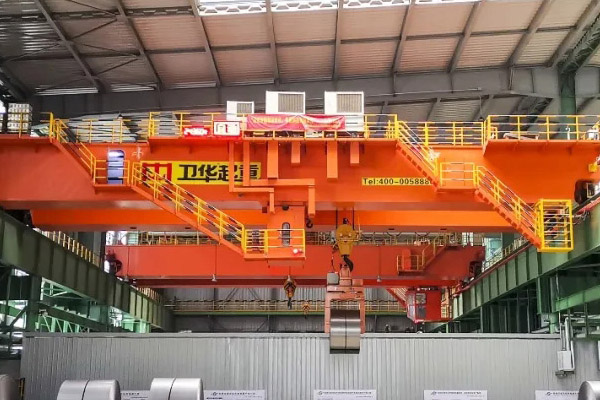
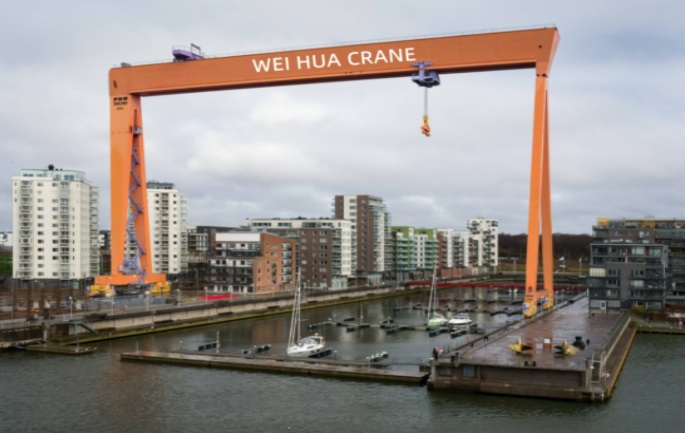
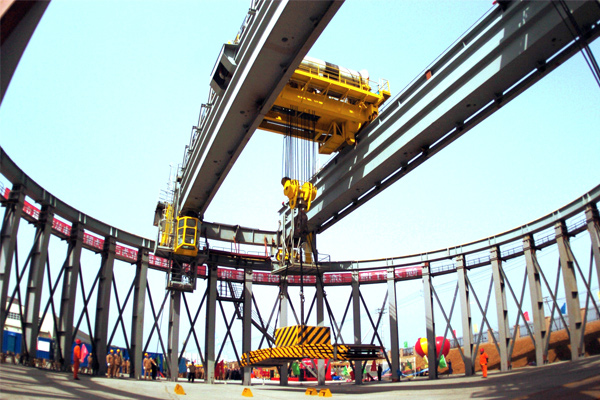
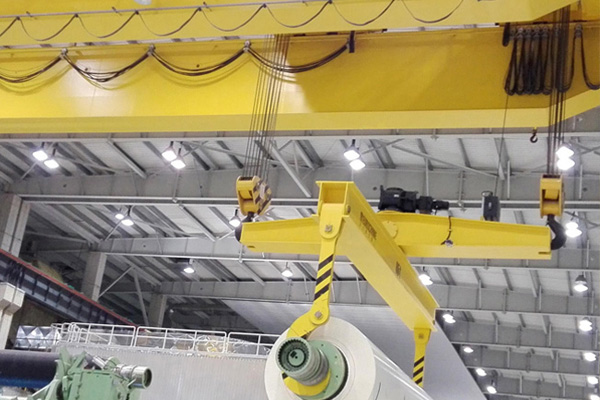
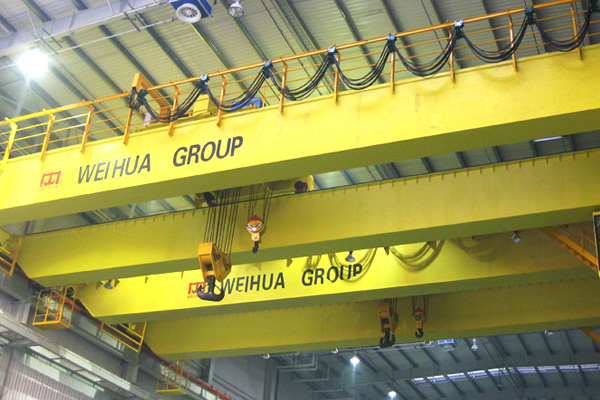
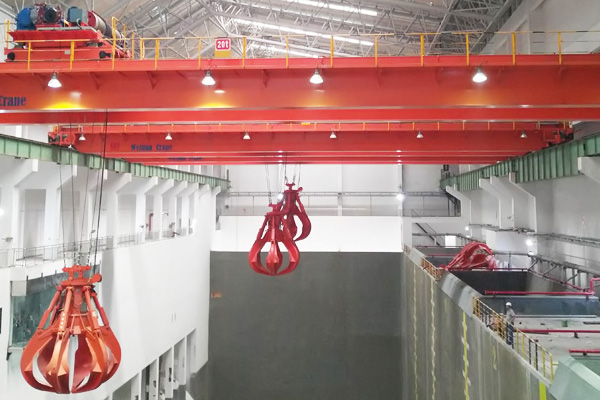
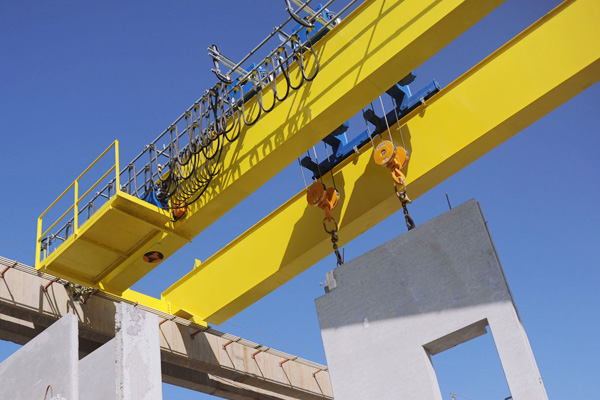

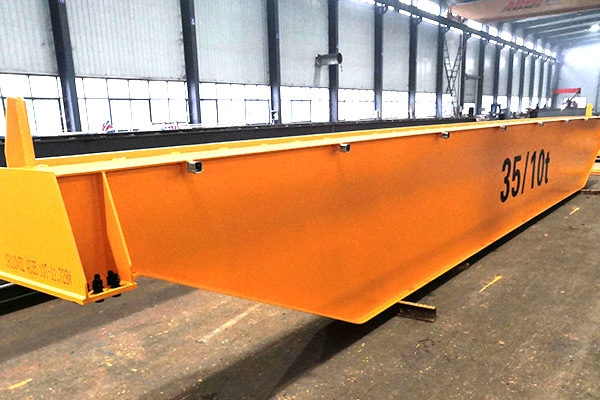
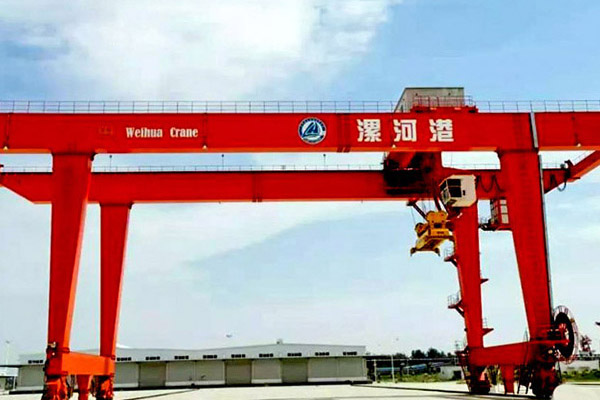
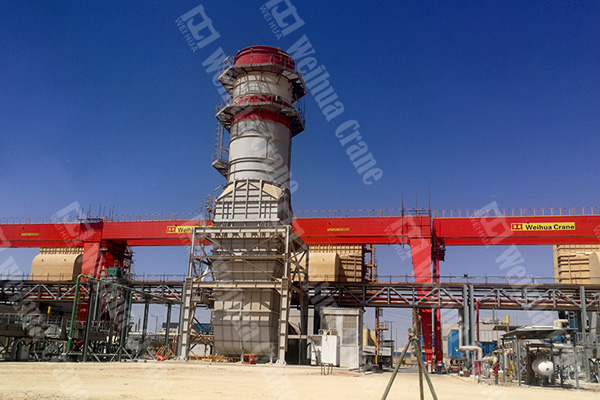



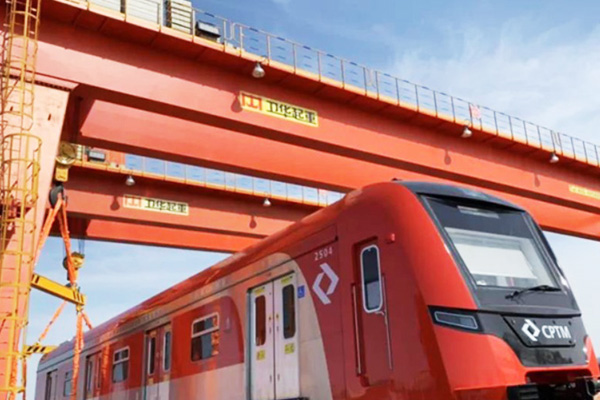









 WhatsApp
WhatsApp Get Quote
Get Quote